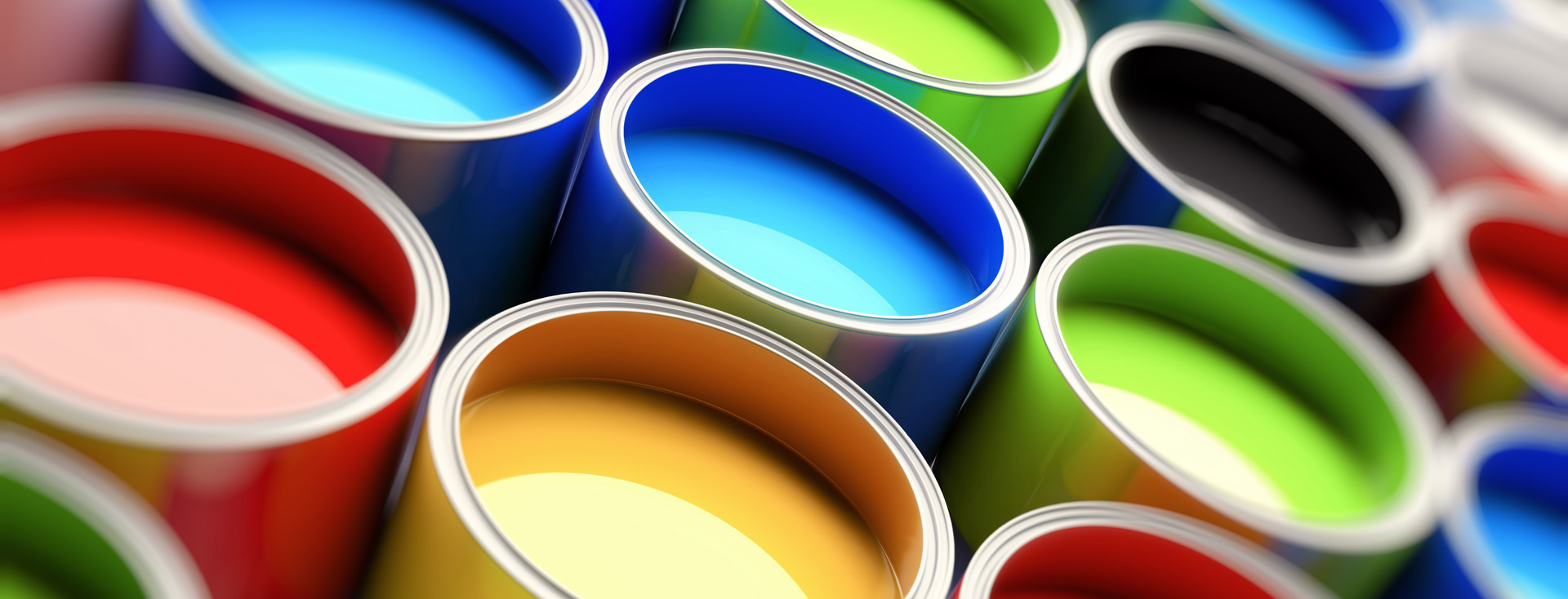
Paints, inks and varnishes as liquids
Surface science methods to improve wetting, dispersion stability, and foam prevention
Thinking of prehistoric paintings, paint is one of the oldest man-made substances. Nowadays, the chemistry of paint is largely understood, so that paint production has moved from being an art to becoming a science.
Partially contributing to this transition are the arising scientific questions focused on good wetting and stable dispersion of pigments. In this area, our surface science instruments provide essential support for the research and development as well as quality control of paints and lacquers all over the world.
Optimizing the spreading behavior in slow and highly dynamic processes
Spreading of liquids is mainly controlled by the liquid’s surface tension. Depending on the way paint or lacquer is applied, either static or dynamic surface tension of the paint or lacquer are more important.
For paints that are applied by paint rollers and brushes, the determination of the static surface tension with our optical instruments or with our tensiometers allows to optimize surfactant addition to ensure good spreading. At the same time, characterizing the surfactant’s efficiency by means of its critical micelle concentration (CMC) ensures an economical use.
Spraying and printing are fast processes for which knowledge about the dynamic surface tension is crucial in respect to wetting. Our bubble pressure tensiometers use a wide range of surface formation speeds to characterize the speed of surfactants in solution. This knowledge helps to adjust the liquid’s surface tension to the specific time between drop formation and surface contact.
Evaluating the dispersion’s stability
Whether pigments tend to disperse or form lumps depends on the relationship between surface tension of the liquid and surface energy of the powder. For the latter, Washburn measurements are carried out with our tensiometers to analyze, and to an extent, predict dispersibility. Sedimentation tests with the same instruments evaluate the actual separation behavior of the dispersion.
Quantifying foaming tendencies
Foam formation as a common side effect of surfactant addition is highly undesirable, because it results in a reduced adhesion on the substrate and presents rough and unsightly surfaces. Using our scientific instruments for foam analysis, the foamability and foam stability of paints and lacquers can be quantified in order to optimize the use of antifoaming agents.



